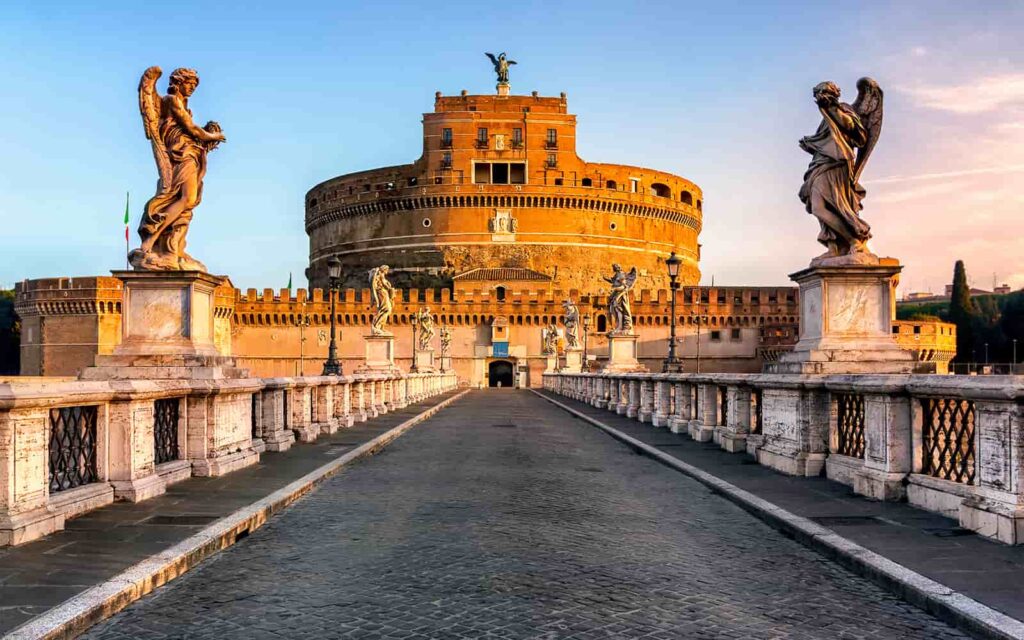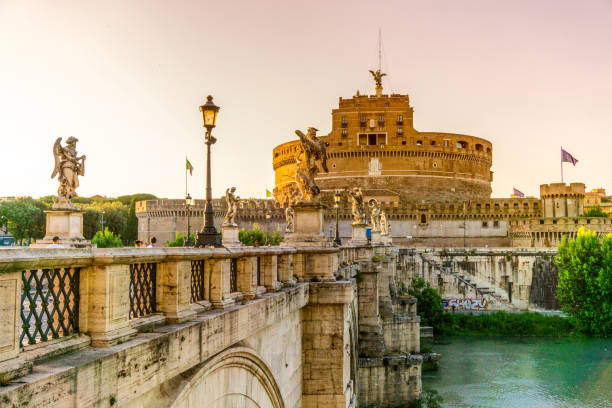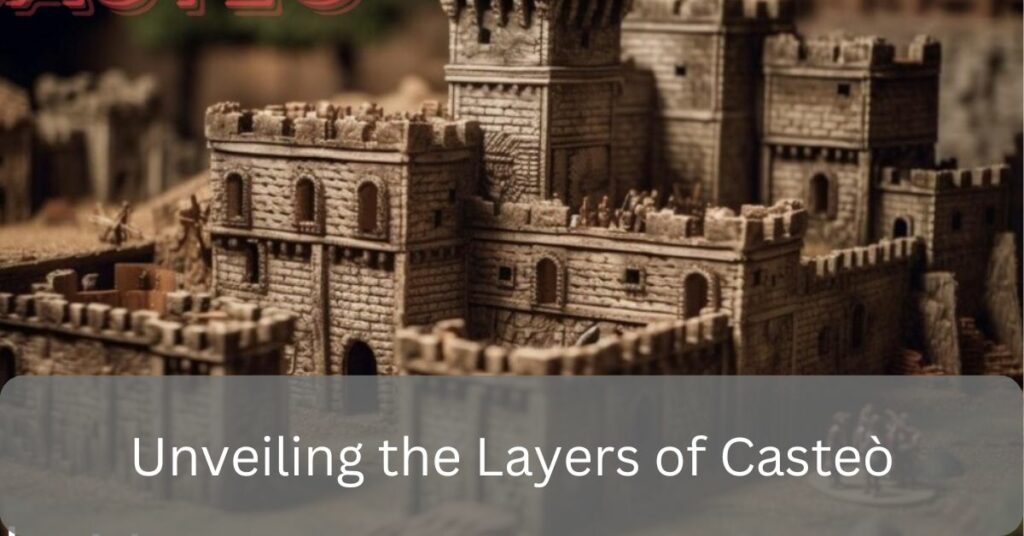Casteò, a term echoing through the annals of history, resonates deeply within societies worldwide. It serves as a constant reminder of the entrenched systems of social stratification that have shaped cultures and communities across time and space. This article embarks on a journey to unravel the intricate layers of casteò, exploring its historical roots, contemporary manifestations, and the ongoing struggle for social justice.
Casteò – A Historical Tapestry!

The term “casteò” traces its origins to ancient civilizations, where it denoted rigid social hierarchies based on birth and occupation.
From the Indian caste system to feudal Europe’s estates, casteò permeated various societies, dictating individuals’ roles and opportunities based on their inherited status.
In its essence, casteò symbolizes a framework of privilege and oppression, perpetuating inequalities through generations. It delineates power dynamics, relegating certain groups to the margins while consolidating authority within dominant castes.
The Dynamics of Social Equality – Breaking the Shackles of Casteò!
Essentially, casteò reflects the world’s historical caste systems, which have influenced cultures all over. It emphasizes the never-ending fight for social equality and the unceasing endeavors to promote fairness and justice.
This aspect of casteò highlights how social changes are crucial in breaking down barriers and giving power to disadvantaged communities.
The fight for equality is an inspiration, a rallying cry, and a demonstration of the strength of the human will to create a society where the value of every individual is valued and honored.
Contemporary Perspectives – Casteò in Modern Times!
While overt manifestations of casteò may have diminished in some societies, its subtle presence persists, manifesting in systemic discrimination, economic disparities, and social marginalization.
Even in ostensibly egalitarian societies, remnants of casteò linger, manifesting in unconscious biases and structural inequalities.
Moreover, globalization and migration have brought casteò into new contexts, challenging traditional notions and necessitating nuanced discussions on identity and privilege.
The diasporic communities grapple with reconciling their heritage with the values of equality and inclusion, navigating the complexities of identity in a globalized world.
Championing Social Justice – Empowering Marginalized Voices!
The fight against casteò transcends borders and ideologies, uniting activists, scholars, and policymakers in a collective quest for justice.
It entails dismantling entrenched systems of privilege, amplifying marginalized voices, and advocating for inclusive policies that address historical injustices.
Central to this endeavor is education, fostering empathy, and critical consciousness to challenge ingrained biases and foster solidarity across caste lines.
Grassroots movements, civil society initiatives, and legal reforms play pivotal roles in advancing the cause of social justice, dismantling the barriers erected by casteò and paving the way for a more equitable future.
The Interplay of Religion and Casteò – A Complex Nexus!
Religion often intertwines with casteò, amplifying its impact and complexity within societies. In many cultures, casteò is justified through religious scriptures, perpetuating the notion of divine ordination of social hierarchy.
This intertwining of religious and caste identities creates a potent force that reinforces social divisions and impedes efforts towards equality.
Moreover, religious institutions often serve as gatekeepers of caste privilege, perpetuating discriminatory practices and excluding marginalized communities from full participation in religious life.
Thus, addressing casteò necessitates not only social and economic reforms but also a critical examination of religious doctrines and practices that perpetuate inequality.
Globalization and the Reshaping of Casteò Dynamics!
The forces of globalization have brought both opportunities and challenges in the realm of casteò dynamics. On one hand, increased connectivity and mobility have exposed caste-based discrimination to global scrutiny, fostering solidarity and support for marginalized communities across borders.
On the other hand, globalization has also facilitated the exportation of casteò practices to new contexts, where they intersect with other forms of discrimination and exacerbate social tensions.
Moreover, economic globalization has created new fault lines along caste lines, with marginalized communities often bearing the brunt of exploitative labor practices and unequal access to economic opportunities.
Thus, grappling with casteò in the era of globalization requires a multifaceted approach that addresses not only local manifestations but also global interconnectedness and its impact on social hierarchies.
Casteò and Gender – Intersecting Dimensions of Discrimination!

Gender intersects with casteò in complex ways, exacerbating the marginalization experienced by women and gender minorities from lower castes.
Discrimination based on caste is often compounded by patriarchal norms and practices, which further restrict the agency and autonomy of marginalized women.
Moreover, within caste communities, women often bear the brunt of caste-based violence and exclusion, facing double discrimination based on their caste and gender identities.
Addressing casteò must therefore also entail a concerted effort to challenge patriarchal structures and empower women from marginalized castes to assert their rights and agency.
Educational Empowerment – A Catalyst for Casteò Eradication!
Education emerges as a powerful tool in the fight against casteò, serving as a catalyst for social mobility and empowerment.
By providing marginalized communities with access to quality education, we can break the cycle of intergenerational poverty and discrimination perpetuated by casteò.
Education fosters critical thinking skills, empowers individuals to challenge social norms, and equips them with the knowledge and resources to advocate for their rights.
Moreover, inclusive educational policies that prioritize marginalized communities can help address systemic barriers to education access and ensure equitable opportunities for all.
Thus, investing in education emerges as a crucial strategy in dismantling casteò and creating a more just and inclusive society for future generations.
Legal Frameworks and Casteò – Navigating the Terrain of Justice!
Legal frameworks play a pivotal role in addressing casteò-based discrimination and ensuring accountability for perpetrators. Across the globe, legislative measures have been enacted to prohibit caste-based discrimination and promote equality.
However, the effectiveness of these legal provisions often depends on their implementation and enforcement. In many cases, marginalized communities continue to face obstacles in accessing justice due to systemic biases within the legal system.
Moreover, the lack of awareness about legal rights and remedies among marginalized communities further hampers their ability to seek redress for caste-based discrimination.
Therefore, alongside legal reforms, efforts must be made to enhance legal literacy and empower marginalized communities to navigate the terrain of justice and assert their rights effectively.
Media Representation and Casteò – Shaping Perceptions and Narratives!
Media representation plays a significant role in shaping public perceptions and narratives surrounding casteò.
In many societies, mainstream media often perpetuates stereotypes and biases against marginalized castes, reinforcing existing power dynamics and perpetuating discrimination.
Moreover, the underrepresentation of marginalized voices in media further exacerbates their marginalization, contributing to the erasure of their experiences and perspectives from public discourse.
However, alternative media platforms and grassroots initiatives have emerged to challenge dominant narratives and amplify marginalized voices.
By providing platforms for storytelling and advocacy, these initiatives seek to disrupt the hegemony of casteò-based discrimination in media and promote more inclusive representations that reflect the diversity of caste experiences.
Intersectionality and Casteò – Understanding the Complexities of Identity!

Intersectionality offers a framework for understanding the intersecting dimensions of oppression and privilege, including those based on caste.
Within intersectional analyses, caste is recognized as one among many intersecting axes of identity, alongside factors such as gender, race, class, and sexuality.
By acknowledging the complex interplay of these identities, intersectionality highlights the unique experiences of individuals who navigate multiple forms of discrimination simultaneously.
For example, Dalit women may face compounded discrimination based on their caste, gender, and socioeconomic status, shaping their experiences of marginalization in distinct ways.
Therefore, addressing casteò requires an intersectional approach that recognizes the interconnectedness of various forms of oppression and centers the experiences of those most marginalized within caste hierarchies.
Conclusion: Embracing Diversity, Resisting Discrimination
In conclusion, casteò encapsulates a complex tapestry of historical legacies, contemporary realities, and ongoing struggles for social justice. It serves as a poignant reminder of the enduring power dynamics that shape societies and the imperative of collective action to challenge entrenched inequalities.
As we navigate the complexities of casteò in our modern world, let us strive to embrace diversity, resist discrimination, and work towards a future where every individual is afforded dignity, opportunity, and respect—irrespective of their caste or creed. Only through concerted efforts can we unravel the threads of casteò and weave a more inclusive and equitable society for generations to come.
So, let us continue the dialogue, confront the challenges, and forge a path towards a world where casteò holds no sway, and every individual can thrive.
